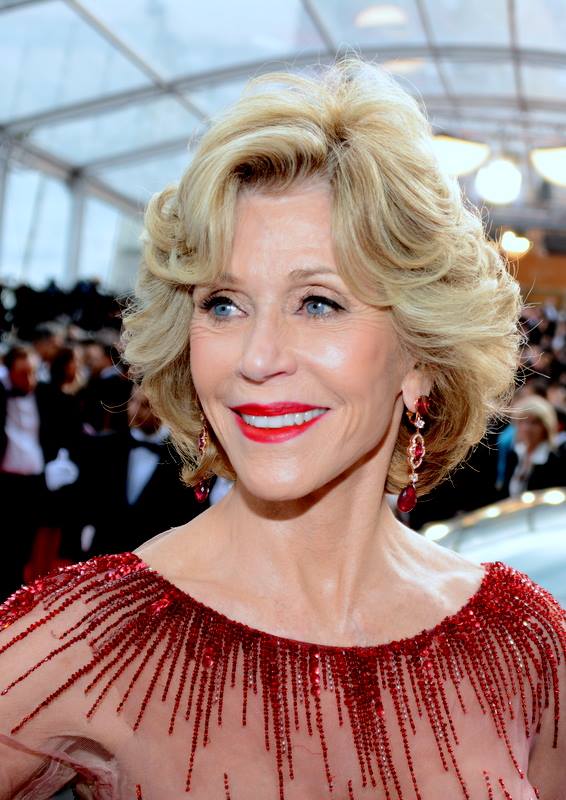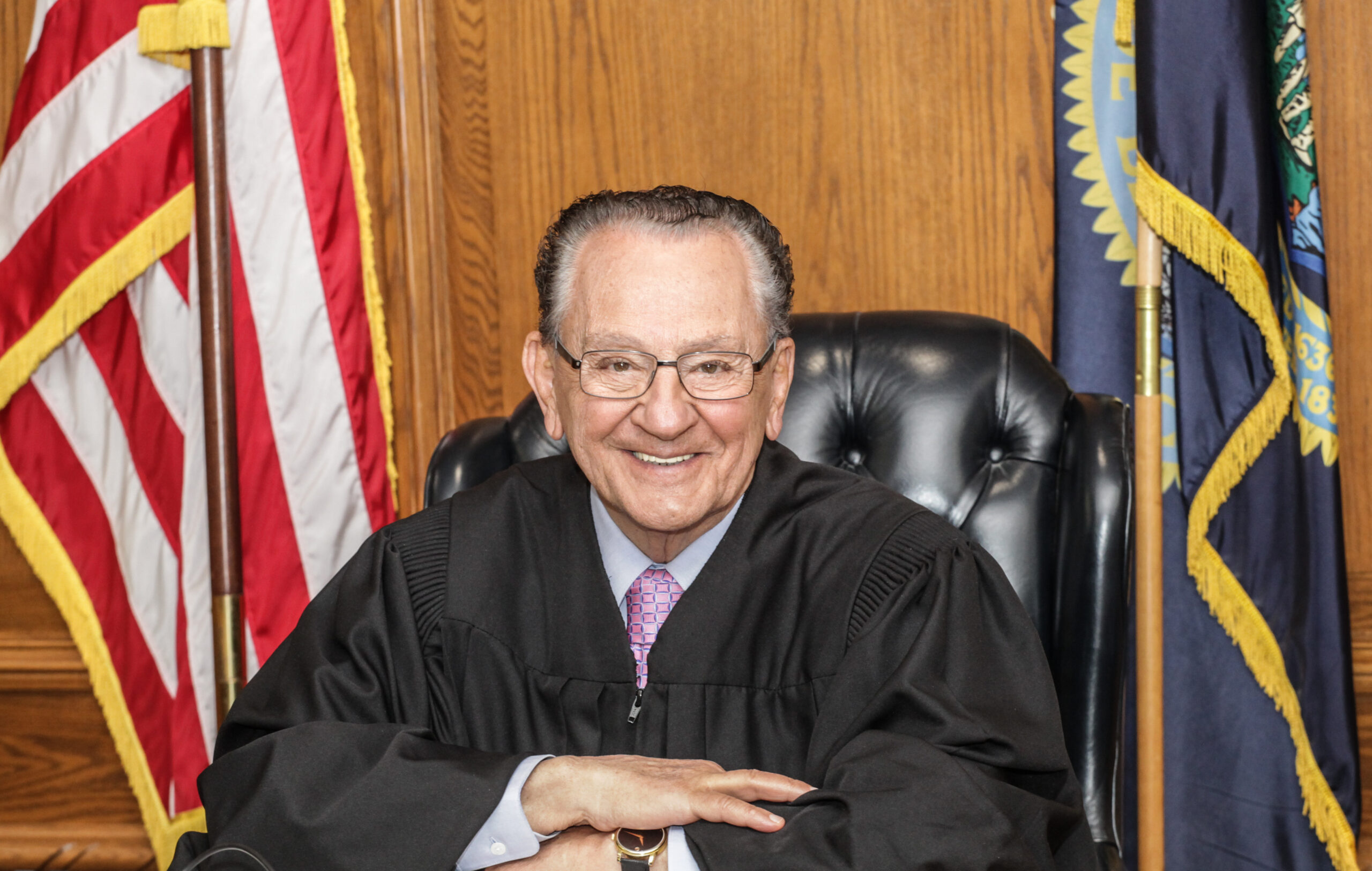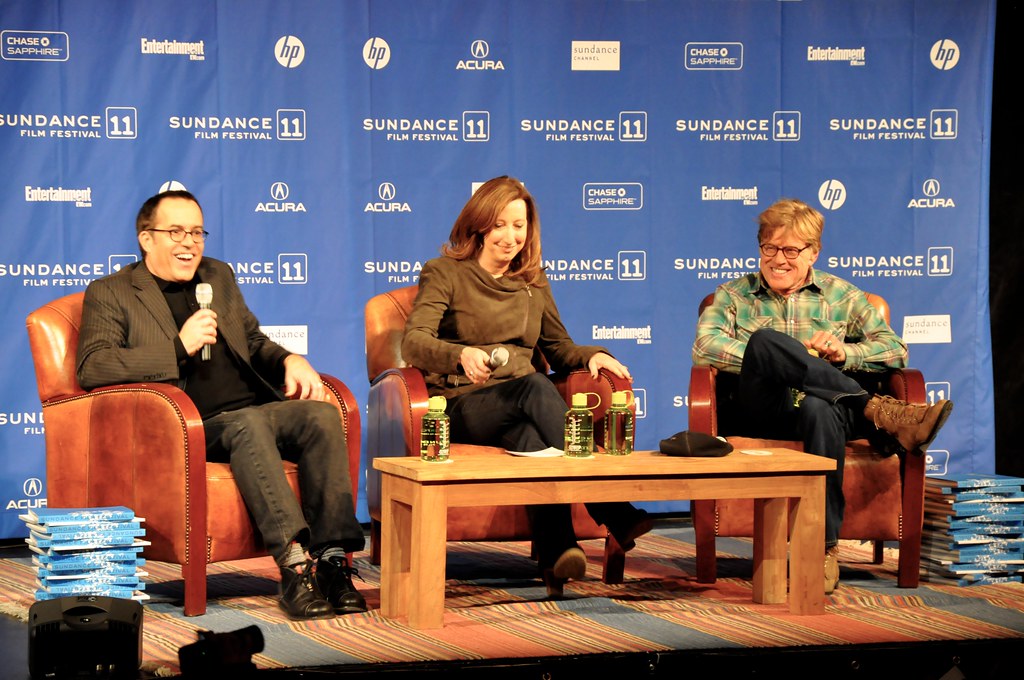
The world of cinema and beyond mourns the passing of Robert Redford, the iconic Hollywood figure who, at 89, transcended the conventional definition of a movie star. Redford, who died peacefully in his sleep at his cherished home in Sundance, Utah, leaves behind a multifaceted legacy, celebrated not only for his dashing on-screen presence but also for his profound impact as an Oscar-winning director, a resolute liberal activist, and the indispensable godfather of independent cinema.
From the golden age of Hollywood to the vibrant, often challenging, landscape of indie film, Redford’s career was a testament to his unwavering commitment to artistry and conviction. His journey saw him evolve from a captivating leading man in era-defining films like “All the President’s Men” and “The Way We Were” to the visionary who championed countless untold stories through the Sundance Institute. His dedication extended far beyond the silver screen, encompassing decades of fierce environmental advocacy that shaped policy and inspired change.
This article delves into the extraordinary life and enduring contributions of Robert Redford, tracing the trajectory of a man who consistently worked to transcend his own image, harnessing his fame to foster creativity, challenge norms, and advocate for a better world. We examine the distinct chapters of his remarkable journey, exploring the performances that captivated audiences, the directorial achievements that earned critical acclaim, and the institutional initiatives that cemented his status as an artistic game-changer.
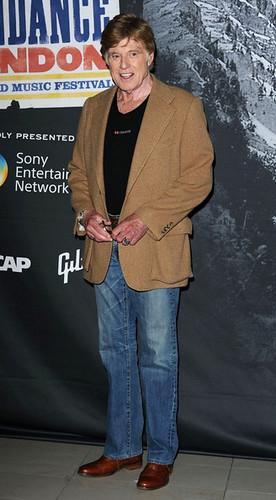
1. **The Hollywood Golden Boy Emerges: Early Stardom and Breakthrough Roles**Born Charles Robert Redford Jr. on August 18, 1936, in Santa Monica, California, Redford’s early life hinted at the diverse path he would eventually forge. An early interest in drawing and painting laid a foundation for his artistic sensibilities, though he initially attended college on a baseball scholarship. This athletic inclination would later famously manifest in his role as a middle-aged slugger in 1984’s “The Natural,” an adaptation of Bernard Malamud’s acclaimed baseball novel.
His formal entry into the performing arts began with studies at the American Academy of Dramatic Arts, leading to a Broadway debut in the late 1950s. Television provided an early platform for his burgeoning talent, with appearances on seminal shows such as “The Twilight Zone,” “Alfred Hitchcock Presents,” and “The Untouchables.” These formative experiences honed his craft, preparing him for the larger stages that awaited.
A pivotal moment arrived with a Broadway lead in “Sunday in New York,” followed by Mike Nichols’ production of Neil Simon’s “Barefoot in the Park.” Redford would later reprise this role, starring opposite Jane Fonda in the successful film adaptation, marking the first of several memorable collaborations between the two actors. His transition to film gained momentum with features like 1965’s “Situation Hopeless — But Not Serious” and “Inside Daisy Clover,” the latter earning him a Golden Globe Award for new star of the year.
By the 1970s, Redford had cemented his status as one of Hollywood’s biggest stars. His wavy blond hair and boyish grin made him the quintessential leading man, yet he actively sought to challenge and deepen his persona. Films such as “The Candidate,” where he satirized campaigning as an idealist running for U.S. senator, “All the President’s Men,” where he portrayed Washington Post journalist Bob Woodward, and “The Way We Were” with Barbra Streisand, showcased his versatility and intellectual curiosity, defining an era of sophisticated American cinema.
Read more about: Robert Redford, Titan of Screen and Purpose, Dies at 89: An Enduring Legacy of Artistry, Activism, and Independent Cinema
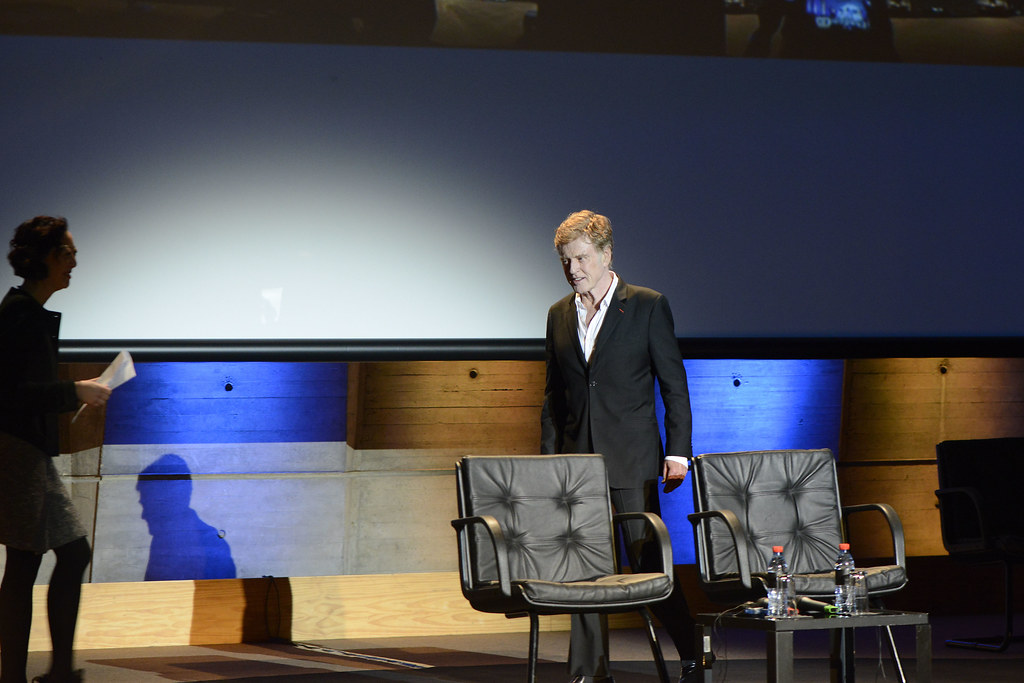
2. **The Unforgettable Duo: Robert Redford and Paul Newman’s Cinematic Chemistry**Among Robert Redford’s most celebrated and iconic screen partnerships was his collaboration with the late Paul Newman. Their on-screen chemistry was legendary, characterized by a warmth and playful teasing that mirrored their genuine friendship and fellow activism off screen. This unique dynamic blossomed into two of Hollywood’s most enduring films, forever intertwining their names in cinematic history.
The first of these indelible pairings was in 1969’s “Butch Cassidy and the Sundance Kid,” a box-office sensation that propelled Redford to bona fide superstar status. In this Western classic, Redford played the wily outlaw, Sundance, opposite Newman’s Butch Cassidy. The film’s success was not only artistic and commercial but also deeply personal for Redford, as the name of his future independent film institute and festival, Sundance, was drawn directly from his character in this beloved picture. The combination of their friendship and the unique charm of the film, including its hit song “Raindrops Keep Fallin’ on My Head,” created an indelible cultural phenomenon.
Their second major collaboration, 1973’s “The Sting,” further solidified their status as a dream team. This intricate caper, set in 1930s Chicago, saw Redford portray a young con artist alongside Newman. The film was a critical and commercial triumph, earning the Academy Award for Best Picture. Redford’s captivating performance also garnered him his sole Oscar nomination as an actor, a testament to his skill in bringing complex characters to life within a meticulously crafted narrative.
Both “Butch Cassidy and the Sundance Kid” and “The Sting” were more than just popular movies; they captured a particular spirit of adventure, wit, and camaraderie that defined a generation of filmmaking. Their success underscored Redford’s ability to command the screen, not just with his striking good looks, but with a nuanced talent that made his characters, particularly when paired with Newman, unforgettable.
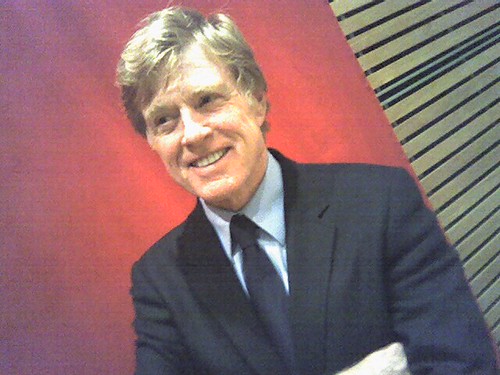
3. **A Director’s Triumph: The Oscar-Winning Impact of “Ordinary People”**As the 1970s drew to a close, Robert Redford began to shift his focus, with film roles becoming more sporadic as he increasingly concentrated his energies on directing and producing. This evolution in his career culminated in a directorial debut that would not only earn him the industry’s highest honor but also establish him as a filmmaker of profound sensitivity and insight. That debut was 1980’s “Ordinary People,” a powerful drama about a family grappling with unspeakable grief.
“Ordinary People” marked an extraordinary success, surprising many by beating Martin Scorsese’s critically acclaimed “Raging Bull” to win the Best Director Oscar for Redford. The film also took home the Academy Award for Best Picture, along with two other Oscars, signaling Redford’s arrival as a formidable presence behind the camera. His meticulous approach to storytelling and his ability to draw compelling performances from his cast were immediately apparent.
The film starred Donald Sutherland and Mary Tyler Moore as the repressed parents of a troubled young man, Timothy Hutton, in his big screen debut. Redford received particular praise for his daring casting choice of Mary Tyler Moore, known primarily for her comedic roles, in an unexpectedly serious and demanding part. This decision showcased his keen eye for talent and his willingness to push actors beyond their perceived boundaries, revealing their depth.
Roger Ebert, among other critics, lauded Redford for his even-handed treatment of the characters and the raw emotional honesty of the narrative. This quality, Ebert believed, set the film apart from the “sophisticated suburban soap opera it could easily have become,” elevating it to a profound exploration of family dynamics and trauma. Redford himself confessed his surprise at the film’s reception, telling Entertainment Weekly in 2016, “I never dreamed in a million years that it would have the result that it did. I kind of thought it would be buried.” Yet, “Ordinary People” proved to be a resounding artistic triumph, firmly establishing Redford’s directorial prowess.
Read more about: Robert Redford: The Enduring Legacy of Hollywood’s Independent Visionary and Environmental Crusader
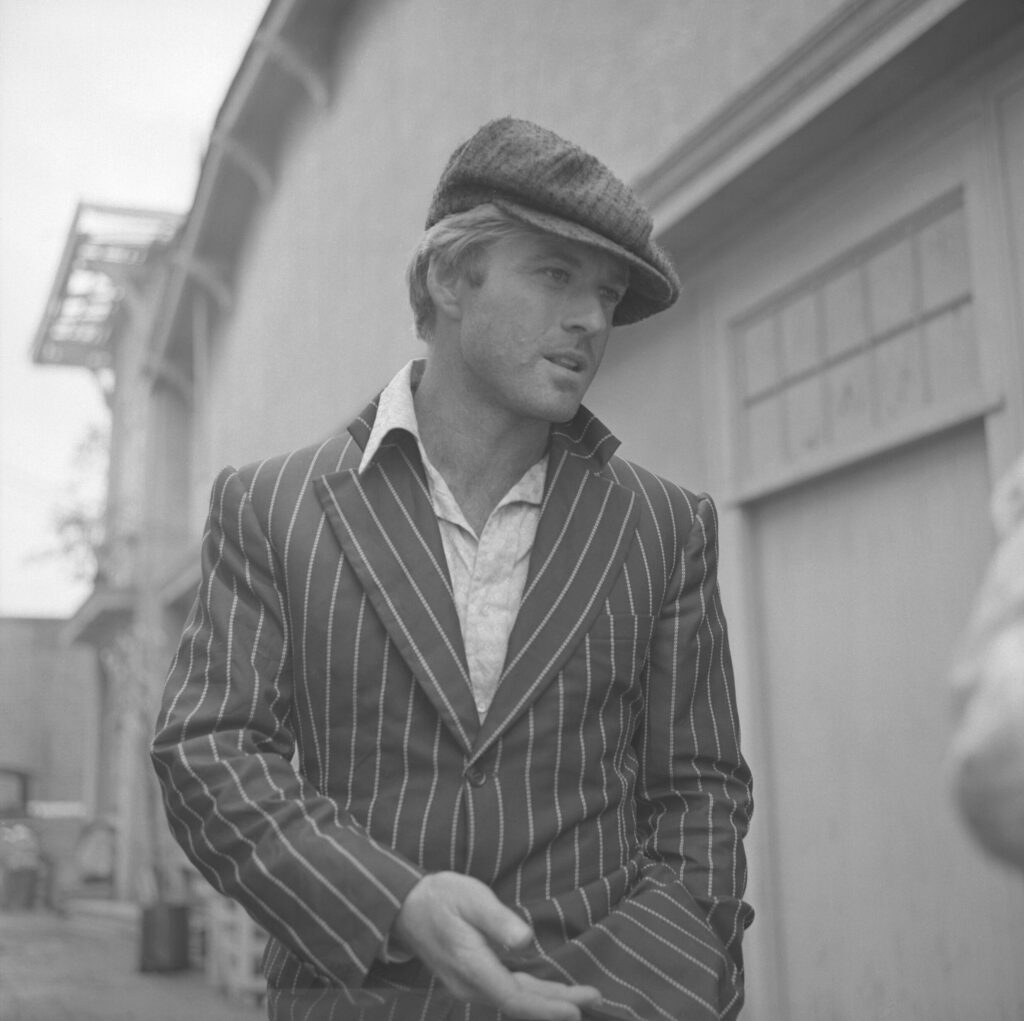
4. **The Visionary Genesis: Founding the Sundance Institute**The 1970s, while a period of immense personal stardom for Robert Redford, also presented a growing concern for the actor and burgeoning director. He observed Hollywood becoming increasingly cautious and creatively controlling, a trend that prompted him to envision an alternative. He yearned to recapture the vibrant, creative spirit that had characterized the earlier part of the decade, a spirit he felt was being stifled by mainstream industry pressures.
This yearning for artistic freedom and the desire to nurture emerging talent led to the genesis of one of his most significant and enduring contributions to the film world: the Sundance Institute. Founded in 1981, the institute was conceived as a sanctuary where new voices could develop their craft away from the commercial imperatives of Hollywood. Redford envisioned a training ground, a place where filmmakers could experiment, learn, and grow, unburdened by financial constraints or studio interference.
The institute found its physical home in the mountains of Utah, specifically in Park City, where Redford had initially purchased land with the aspiration of opening a ski resort. However, his evolving vision transformed this picturesque location into a crucible for independent cinema. The region, with its natural beauty and relative distance from the Hollywood machinery, provided the perfect backdrop for a creative hub dedicated to artistic autonomy.
As Redford himself eloquently stated to the Associated Press in 2018, “For me, the word to be underscored is ‘independence.’ I’ve always believed in that word. That’s what led to me eventually wanting to create a category that supported independent artists who weren’t given a chance to be heard.” This philosophy became the bedrock of the Sundance Institute, a testament to Redford’s conviction that diverse stories and unconventional voices deserved a platform, irrespective of mainstream commercial viability.
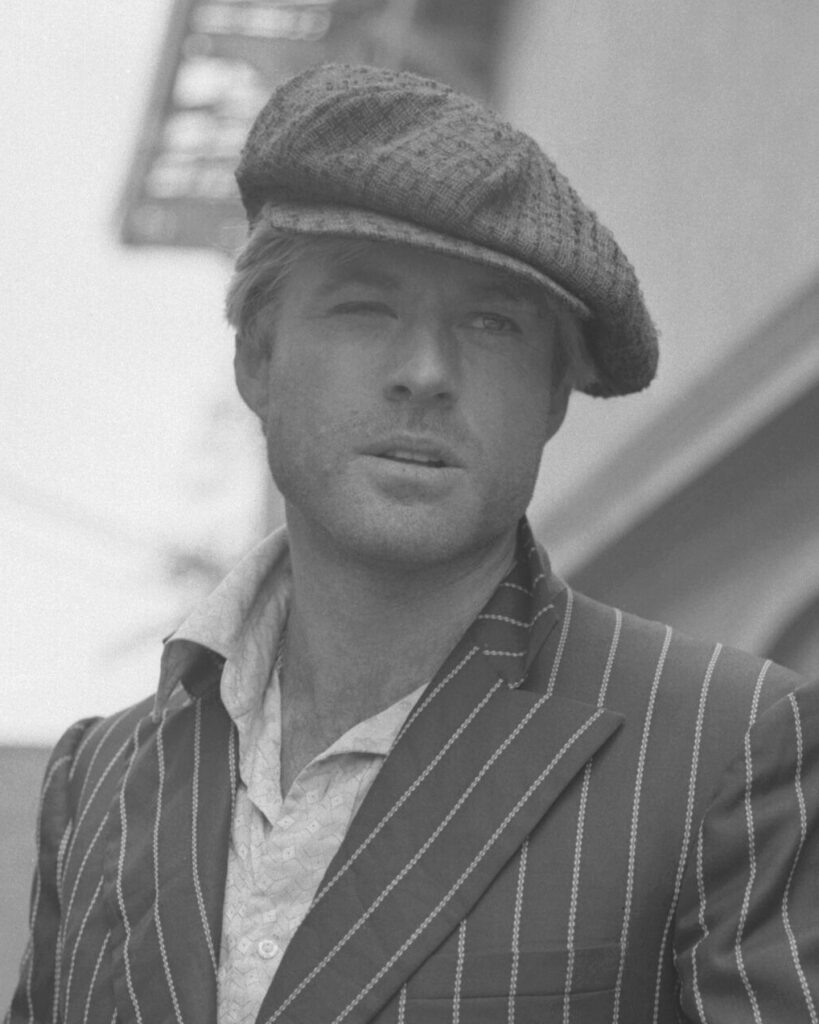
5. **Cultivating New Narratives: Redford’s Unwavering Commitment to Independent Film**The establishment of the Sundance Institute was merely the beginning of Robert Redford’s profound impact on independent cinema. Three years after its founding, in 1984, he took a significant step further by taking over the struggling U.S. Film and Video Festival in Utah. Under his visionary leadership, this event transformed, and by 1991, it proudly bore the name it is known by globally today: the Sundance Film Festival. This festival rapidly became one of the premier independent film festivals in the world, a beacon for innovative storytelling.
Redford’s new role as the patriarch of the independent-film movement throughout the 1980s and 1990s was transformative. The festival, based in Park City, Utah, became a crucial place of discovery for a new generation of previously unknown filmmakers. Directors who would go on to reshape modern cinema, such as Quentin Tarantino, Steven Soderbergh, Paul Thomas Anderson, and Darren Aronofsky, found their initial breaks and crucial exposure at Sundance, a direct result of Redford’s unwavering commitment.
His motivation was clear and deeply personal. “The industry was pretty well controlled by the mainstream, which I was a part of,” Redford told the AP in 2018, reflecting on his rationale. “But I saw other stories out there that weren’t having a chance to be told and I thought, ‘Well, maybe I can commit my energies to giving those people a chance.’ As I look back on it, I feel very good about that.” This sentiment underscores his genuine desire to democratize filmmaking and broaden the spectrum of cinematic narratives.
Even as Sundance grew exponentially in prominence, it faced criticism, particularly as buyers swarmed in looking for potential hits and celebrities began to overrun Park City each winter. Redford steadfastly defended the festival’s core mission. In 2004, he reiterated to the AP, “We have never, ever changed our policies for how we program our festival. It’s always been built on diversity.” He acknowledged the commercial success of independent films but argued that this did not dilute Sundance’s original purpose: “The fact is that the diversity has become commercial. Because independent films have achieved their own success, Hollywood, being just a business, is going to grab them. So when Hollywood grabs your films, they go, ‘Oh, it’s gone Hollywood.’”
By 2025, the festival’s extraordinary growth led organizers to decide it had outgrown its Park City roots, approving a relocation to Boulder, Colorado, starting in 2027. Redford, who had attended the University of Colorado Boulder, offered a statement that perfectly encapsulated his philosophy of continuous evolution: “change is inevitable, we must always evolve and grow, which has been at the core of our survival.” His vision for Sundance ensured that independent cinema would not only survive but thrive, continually adapting and inspiring.
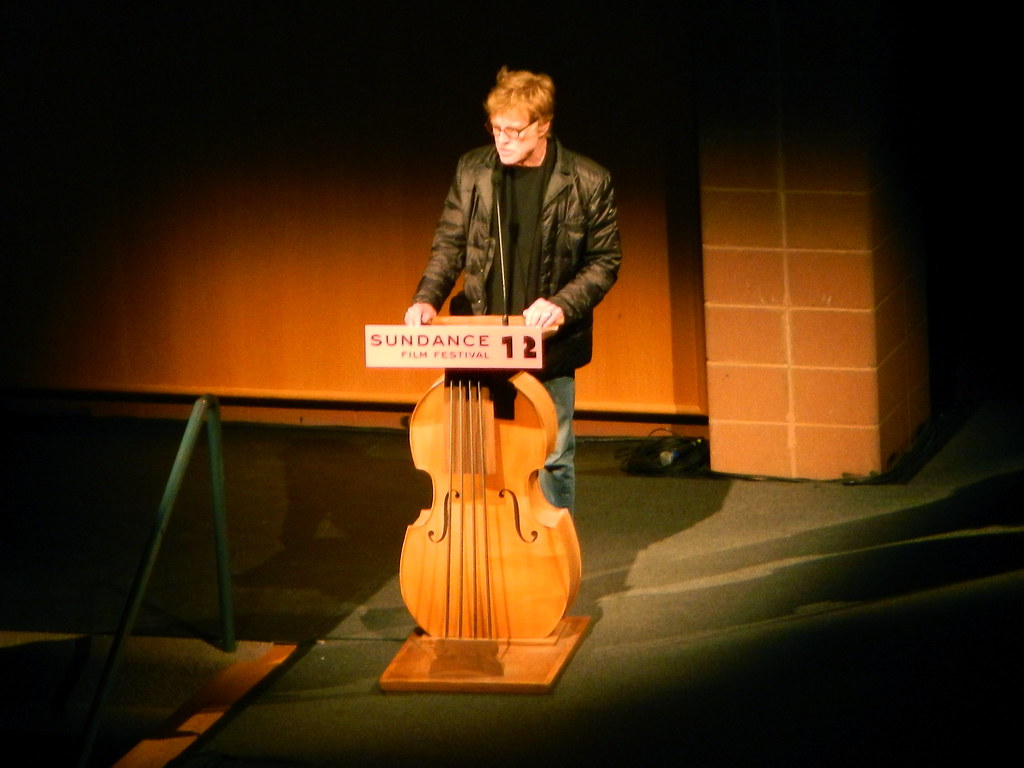
6. **A Resolute Voice for Nature: Decades of Environmental Stewardship**Beyond his monumental contributions to film, Robert Redford dedicated a significant portion of his life to environmental advocacy, a passion deeply rooted in his personal affinity for the outdoors. This connection was beautifully captured in some of his films, notably “A River Runs Through It,” but it manifested most powerfully in his decades-long commitment to protecting the planet. His environmental consciousness was sharpened by witnessing the stark transformation of Los Angeles into a sprawling city of smog and freeways, a sight that galvanized his resolve.
Redford’s activities in environmentalism were broad and impactful, ranging from direct political engagement to long-term institutional support. He actively lobbied for crucial legislation such as the Clean Air Act and the Clean Water Act, using his platform to advocate for policies that would safeguard natural resources and public health. His efforts also extended to pushing for land conservation in his beloved Utah, ensuring that pristine natural landscapes would be preserved for future generations.
A testament to his enduring commitment, Redford served as a trustee of the Natural Resources Defense Council (NRDC) for over five decades. NRDC President Manish Bapna rightfully hailed Redford as “a giant” of the movement, praising his unique ability to leverage storytelling to galvanize public support for ambitious environmental change. This long-standing affiliation underscored his dedication not just to raising awareness but to actively participating in substantive policy and advocacy work.
Throughout the decades, Redford was at the forefront of numerous pivotal environmental battles. He was instrumental in legislative advocacy during the 1970s, which helped establish the Arctic National Wildlife Refuge. In the 1980s, he was an early voice in raising awareness about climate change, long before it became a mainstream concern. The 1990s saw him actively oppose anti-environmental legislation, and he led prominent campaigns against destructive mining projects in environmentally sensitive areas like Alaska and Utah.
His advocacy also transcended national borders, as he passionately supported international climate efforts, including the landmark Paris Climate Treaty in 2015. In a poignant address to the United Nations in 2015, Robert Redford unequivocally stated the urgent need for global action, emphasizing that the body “needed to deal with climate change.” His life’s work in environmentalism stands as an equally significant, and deeply personal, legacy alongside his cinematic achievements, demonstrating a consistent and profound dedication to protecting the natural world he so cherished.
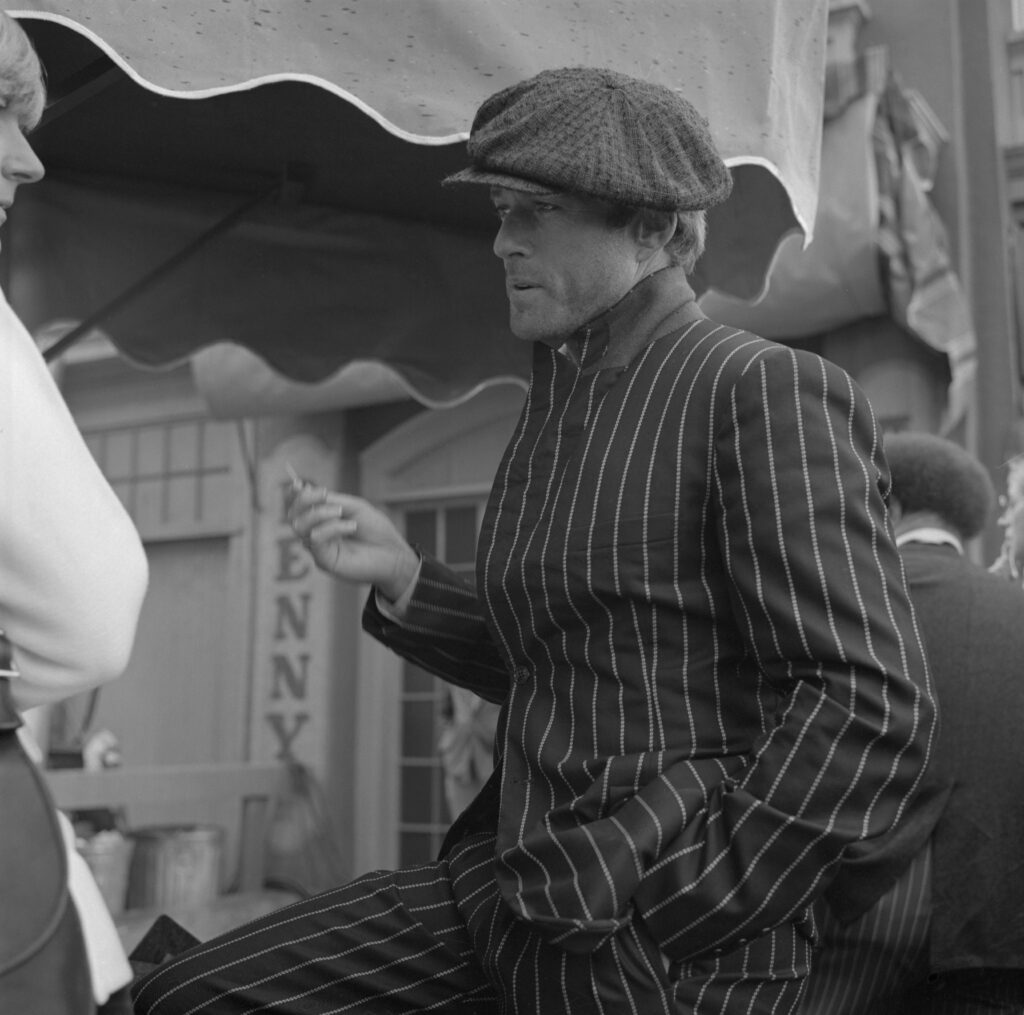
7. **The Unconventional Actor: Embracing Diverse and Unglamorous Roles**While Robert Redford’s early career defined the archetypal leading man, particularly in the 1970s, his artistic ambitions compelled him to continually seek roles that challenged this very image. After establishing his stardom, Redford consciously pursued characters that diverged from the glamorous, often unglamorous or complex, reflecting a deeper commitment to storytelling over mere celebrity. This deliberate choice allowed him to explore the breadth of his talent, portraying a spectrum of human experience that extended far beyond the confines of Hollywood’s golden boy. His willingness to inhabit these diverse roles demonstrated a profound artistic integrity.
His filmography after the 1970s illustrates a consistent effort to break new ground. He took on the challenging role of a mountain man in “Jeremiah Johnson,” a departure from his urban, sophisticated persona. In 1984, he captivated audiences as a middle-aged slugger in “The Natural,” an adaptation of Bernard Malamud’s acclaimed baseball novel, a performance that resonated deeply with themes of redemption and enduring passion. These selections highlighted his versatility, showcasing an actor who refused to be typecast by his undeniable charm.
One of the most critically lauded performances of his later career arrived in 2013 with “All is Lost,” where he delivered a stunning, almost entirely solitary performance as a shipwrecked sailor. This role, in which he was the film’s only performer, earned him some of the best reviews of his career, proving his enduring power to command the screen with minimal dialogue and immense physicality. He also appeared in the best picture champion “Out of Africa” in 1985, further diversifying his portfolio and demonstrating his capacity for nuanced character work within grand narratives. Redford continued to surprise audiences, even joining the Marvel Cinematic Universe as Alexander Pierce in “Captain America: The Winter Soldier” and “Avengers: Endgame,” showcasing his willingness to engage with contemporary cinematic landscapes.
His collaborations also brought new talent to the forefront, much like his work at Sundance. He famously directed Brad Pitt in “A River Runs Through It,” a film that signaled the arrival of the younger actor. Redford and Pitt would later share the screen in 2001’s “Spy Game,” a testament to Redford’s collaborative spirit and his continued presence in high-profile mainstream productions, even as he championed independent cinema.
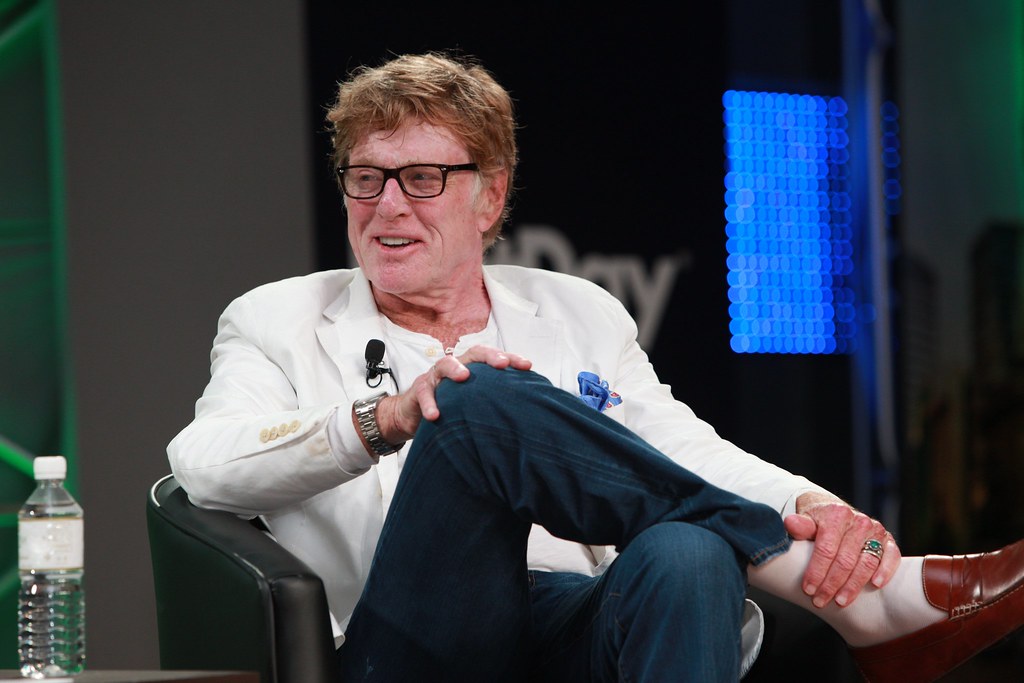
8. **A Sustained Directorial Vision: Beyond “Ordinary People”**While his directorial debut with “Ordinary People” in 1980 earned him an Academy Award and critical acclaim, Robert Redford’s contributions behind the camera extended far beyond this initial triumph. He continued to craft thoughtful and impactful films, demonstrating a consistent vision for character-driven narratives and exploring complex societal issues through a nuanced lens. These subsequent directorial efforts cemented his reputation not only as a gifted actor but also as a filmmaker with a distinctive voice and a deep understanding of human drama.
His filmography as a director reflects a diverse range of subjects and styles. In 1988, he directed “The Milagro Beanfield War,” a magical realist tale that underscored his interest in social justice and the struggles of marginalized communities. He then explored the intricacies of memory and human connection with “A River Runs Through It” (1992), a visually stunning and emotionally resonant story set against the backdrop of the American West. These films showcased his ability to bring rich literary adaptations to life with sensitivity and grace.
Redford returned to critical prominence with 1994’s “Quiz Show,” a meticulously crafted drama about the 1950s game show scandals. This film not only earned him additional Oscar nominations for Best Director and Best Picture, but also garnered widespread praise for its intelligent script, compelling performances, and its trenchant commentary on ethics and media manipulation. It highlighted his astute eye for historical narratives that resonated with contemporary audiences.
In later years, Redford continued his directorial endeavors with projects such as “The Horse Whisperer” (1998), which also provided a significant early role for Scarlett Johansson, demonstrating his commitment to nurturing new talent. He tackled themes of faith and redemption in “The Legend of Bagger Vance” (2000). Later, he directed the politically charged drama “Lions for Lambs” (2007), a complex narrative exploring the war on terrorism in Afghanistan, featuring an ensemble cast including Tom Cruise, Meryl Streep, and Redford himself, signaling his ongoing engagement with pressing global issues through the medium of film.
Read more about: Robert Redford, Titan of Screen and Purpose, Dies at 89: An Enduring Legacy of Artistry, Activism, and Independent Cinema
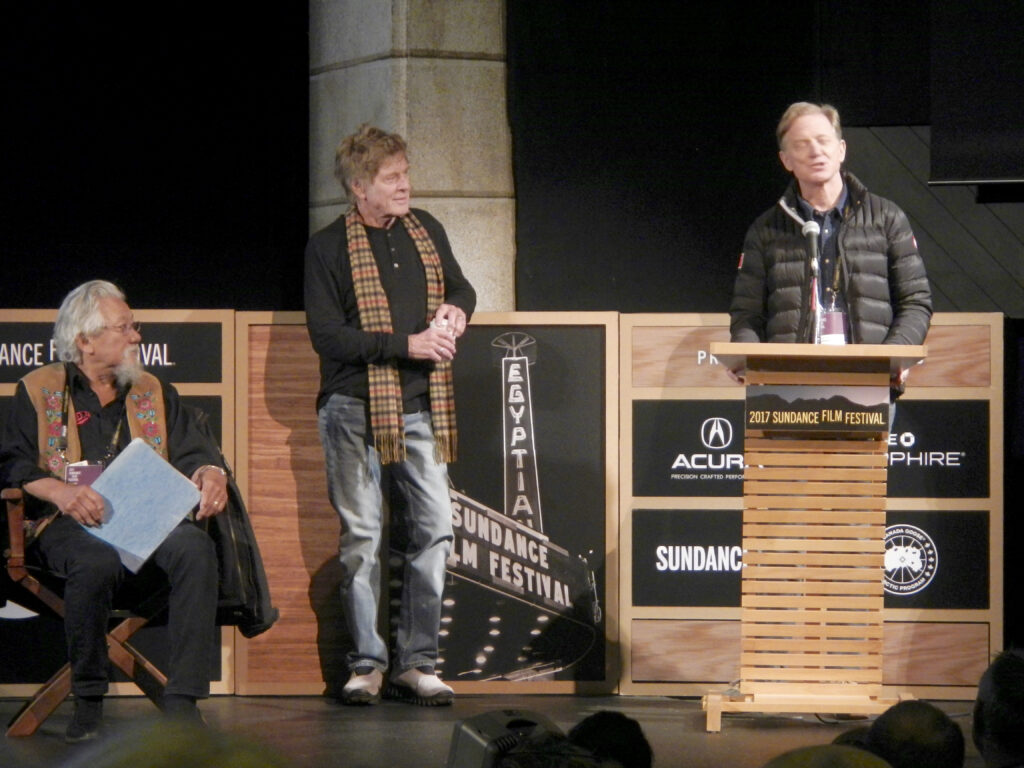
9. **Political and Social Narratives on Screen: A Committed Filmmaker**Throughout his illustrious career, Robert Redford consistently utilized the medium of film not merely for entertainment but as a powerful vehicle for exploring political and social narratives. His work, both as an actor and a director, frequently delved into themes of idealism, corruption, and the search for truth, reflecting his deeply held liberal convictions and his desire to provoke thought and conversation among audiences. This commitment to cinema as a tool for societal reflection became a hallmark of his artistic output.
Even in his early stardom, Redford embraced roles that resonated with his political sensibilities. In 1972’s “The Candidate,” he masterfully satirized campaigning as an idealist running for U.S. senator, famously uttering the poignant closing line, “What do we do now?” after his character unexpectedly wins. This question encapsulated the complexities and often hollow victories within the political landscape, a theme he would revisit. His portrayal of Washington Post journalist Bob Woodward in 1976’s “All the President’s Men,” alongside Dustin Hoffman, provided a stark and gripping account of the Watergate investigation, cementing his legacy in cinematic political commentary.
His directorial efforts also reflected this deep-seated interest in societal issues. With 2007’s “Lions for Lambs,” Redford returned to directing a saga intertwined with contemporary politics, exploring the war on terrorism in Afghanistan through the intersecting lives of a congressman, a journalist, and an academic. This film exemplified his continued dedication to using film as a platform for critical examination of global conflicts and their human costs.
Beyond his film projects, Redford was an outspoken critic of political administrations when he felt it was necessary. In 2018, for instance, he published “A Brief Statement About Big Things” on the Sundance Institute’s website, where he openly shared his feelings of being “out of place in the country I was born into” and expressed sadness over civil servants who had “failed us.” This direct engagement with contemporary politics, even in his later years, underscored his unwavering commitment to advocacy and his belief in a better, fairer America.
Read more about: Robert Redford: The Enduring Legacy of Hollywood’s Independent Visionary and Environmental Crusader
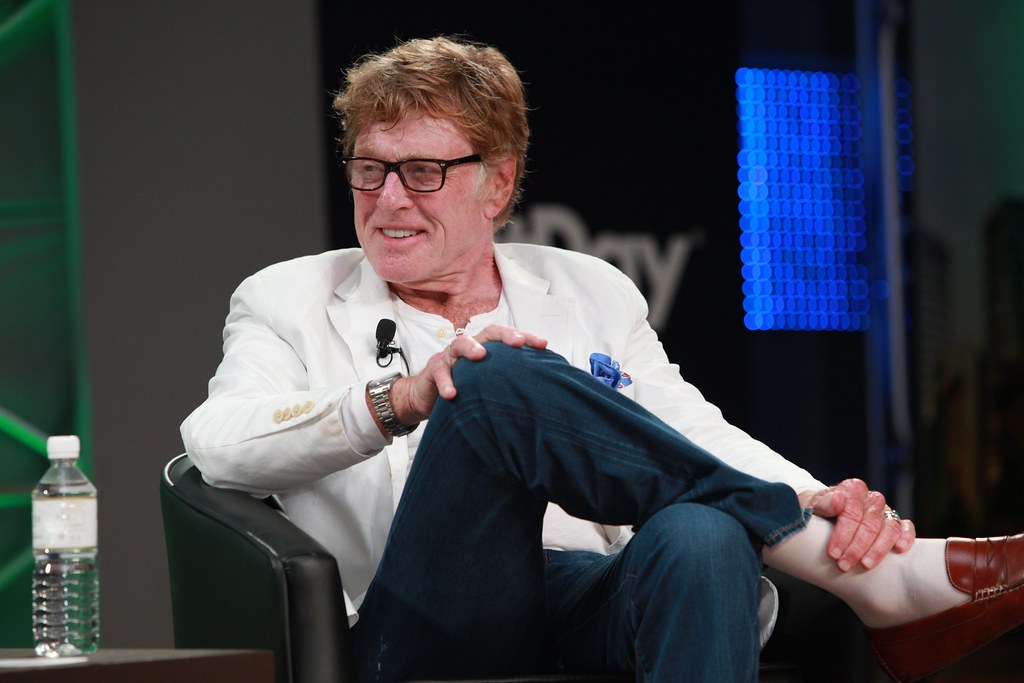
10. **The Enduring “Outlaw” Spirit: Redford’s Personal Philosophy**Robert Redford, though often celebrated as a quintessential American hero, harbored a distinct “outlaw sensibility” that permeated his life and career choices. This philosophy was not about lawlessness in the conventional sense, but rather a profound inclination towards independence, a rejection of established norms, and a perpetual desire to forge his own path, both creatively and personally. This internal compass guided him from his earliest days, profoundly shaping his cinematic legacy and his broader public persona.
This inherent spirit was perhaps most famously embodied in his role as the wily outlaw Sundance in “Butch Cassidy and the Sundance Kid,” a character that became so iconic it lent its name to his groundbreaking institute. But for Redford, the “outlaw” was more than a character; it was an internal drive. As he articulated in 2018, “The idea of the outlaw has always been very appealing to me. If you look at some of the films, it’s usually having to do with the outlaw sensibility, which I think has probably been my sensibility. I think I was just born with it.”
He further elaborated on this core aspect of his identity, stating, “From the time I was just a kid, I was always trying to break free of the bounds that I was stuck with, and always wanted to go outside.” This innate desire for freedom and autonomy fueled his decision to create the Sundance Institute, offering a haven for independent artists away from the commercial constraints of mainstream Hollywood. It was an act of artistic rebellion, born from his own experience navigating an industry that often prioritized profit over creative expression.
This “outlaw” spirit also manifested in his advocacy work. His fierce environmentalism, his willingness to speak out on political issues, and his dedication to fostering diverse voices through Sundance were all extensions of a man who consistently pushed against boundaries. He championed those who were “not given a chance to be heard,” embodying a lifelong commitment to independence that defined his unique trajectory in an industry often resistant to change. His legacy is one of a true maverick, an artist who leveraged his immense fame to empower others and challenge the status quo.
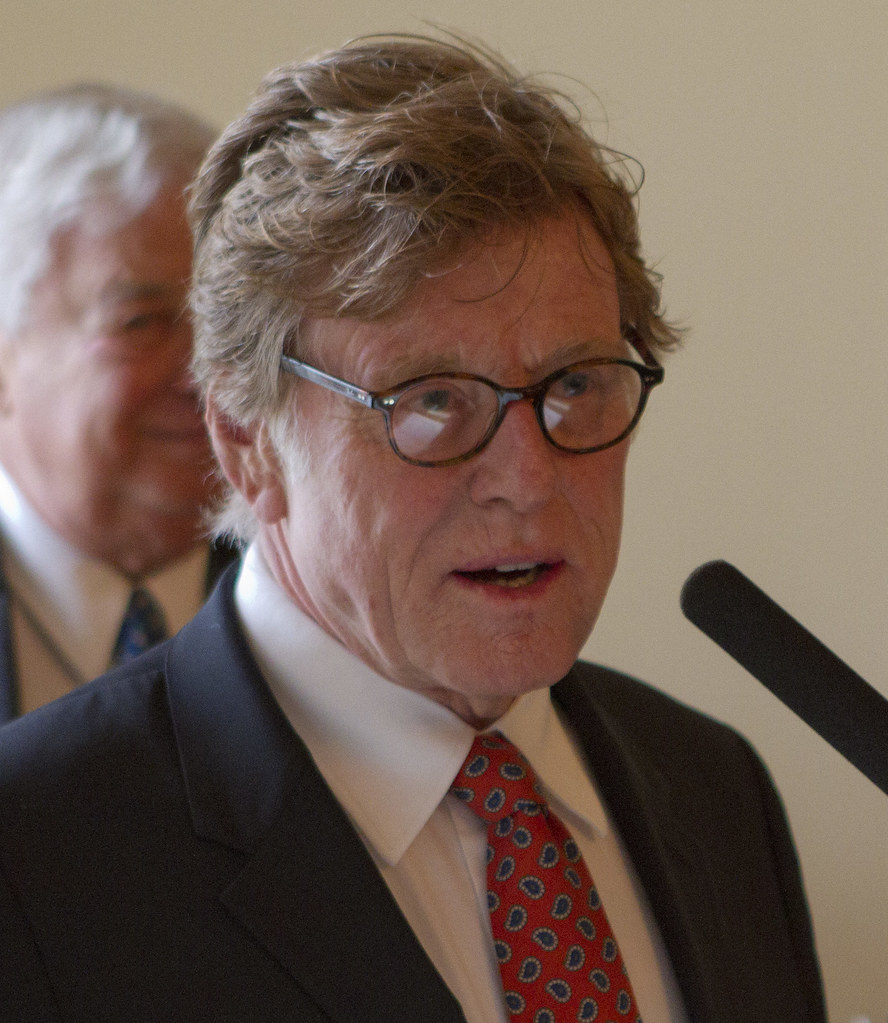
11. **A Graceful Exit: Retirement from Acting**After a remarkable career spanning over six decades, Robert Redford made a deliberate and graceful exit from acting, choosing to conclude his on-screen performances with a film that perfectly encapsulated his enduring charm and artistic integrity. While his dedication to directing and the Sundance Institute continued, his decision to step away from acting allowed him to reflect on a career of immense satisfaction and to embrace a new chapter focused on personal life and other passions.
His farewell movie, as he termed it, was 2018’s “The Old Man and the Gun,” a critically acclaimed performance that resonated deeply with audiences and critics alike. In this film, Redford portrayed a real-life gentleman bandit, offering a poignant reflection on aging, freedom, and a life lived on one’s own terms. The role earned him widespread praise, providing a fitting bookend to his storied acting career and showcasing his captivating presence right up until the end.
Reflecting on his decision, Redford shared his sentiments with The Associated Press shortly before the film’s release. “I just figure that I’ve had a long career that I’m very pleased with. It’s been so long, ever since I was 21,” he stated, indicating a deep sense of contentment with his accomplishments. He added, “I figure now as I’m getting into my 80s, it’s maybe time to move toward retirement and spend more time with my wife and family.” This candid expression revealed a desire for tranquility and a focus on cherished personal relationships after decades in the public eye.
While “The Old Man and the Gun” was widely considered his cinematic farewell, Redford did make a final, uncredited cameo in the Season 3 premiere of AMC’s “Dark Winds” earlier this year, alongside fellow executive producer George R.R. Martin. This brief appearance underscored his enduring connection to storytelling and his commitment to projects he believed in, even in a more behind-the-scenes capacity, subtly extending his acting presence one last time.
Read more about: From Blockbusters to Beyond the Limelight: 14 Stars Who Mysteriously Vanished From Hollywood’s Glare
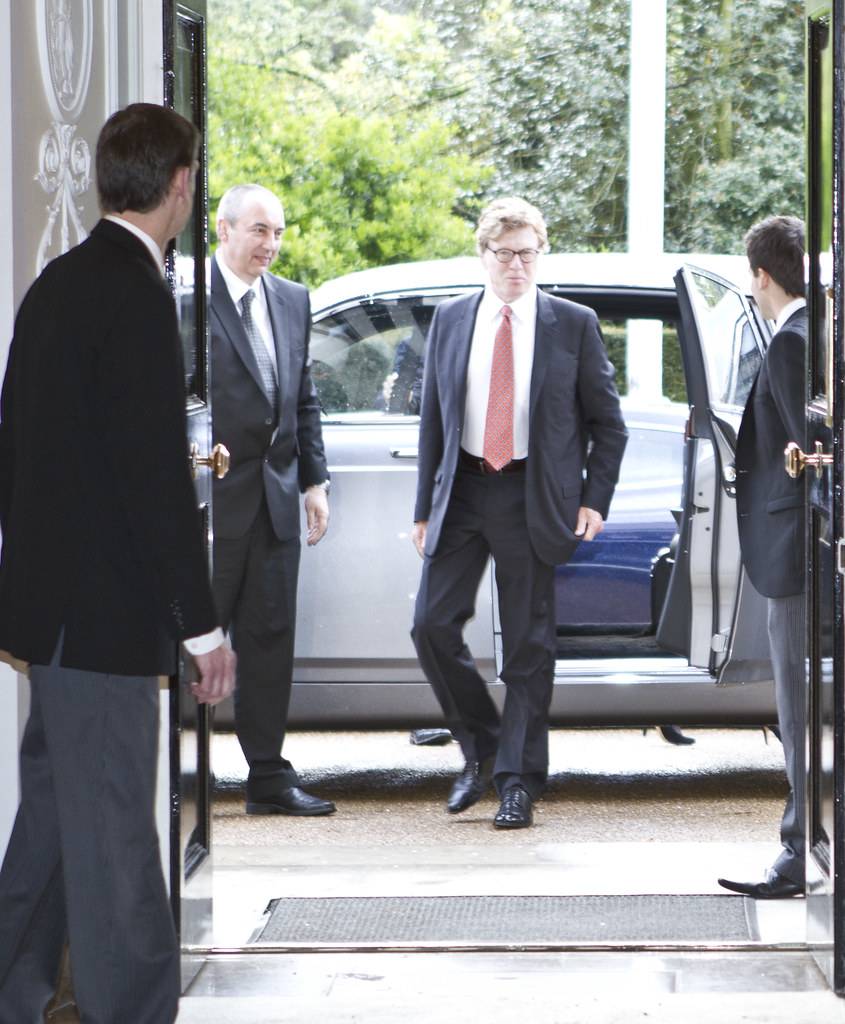
12. **A Torrent of Tributes: Celebrating an Unforgettable Legacy**The news of Robert Redford’s passing at 89 years old ignited a widespread outpouring of tributes from across Hollywood and beyond, underscoring the profound and multifaceted impact he had on countless individuals. Peers, collaborators, and admirers alike shared their personal reflections, painting a vivid picture of a man whose influence transcended his on-screen charm, touching the worlds of activism, independent film, and personal mentorship. These heartfelt messages collectively celebrated an indelible legacy that will continue to inspire for generations.
Long-time collaborator Jane Fonda expressed deep emotion, stating, “It hit me hard this morning when I read that Bob was gone. I can’t stop crying.” She further described him as “a beautiful person in every way” and emphasized his stance for “an America we have to keep fighting for.” Meryl Streep, who starred with Redford in “Out of Africa,” succinctly offered, “One of the lions has passed. Rest in peace my lovely friend,” capturing the magnitude of his presence in the industry.
Investigative journalist Bob Woodward, whom Redford portrayed in “All the President’s Men,” acknowledged the actor’s immense personal impact, saying, “His impact and influence on my life cannot be overstated.” Woodward praised Redford’s “friendship, his fiery independence, and the way he used any platform he had to help make the world better, fairer, brighter for others.” This sentiment highlighted Redford’s unique ability to blend artistry with genuine advocacy.
The independent film community, perhaps more than any other, felt his profound loss. Academy Award-winning director Ron Howard hailed Redford as “a tremendously influential cultural figure” and an “Artistic Gamechanger” for launching the Sundance Film Festival. Actress Octavia Spencer recalled witnessing “his magic firsthand” while advising for the Sundance Institute, noting that he was “such an important voice in shaping the perspectives of countless emerging filmmakers,” who “leveled the playing field for new voices to be heard.” Marlee Matlin simply called him “A genius.”
Other notable figures added their voices to the chorus of remembrance. Barbra Streisand described working with him as “exciting, intense and pure joy,” remembering him as “charismatic, intelligent, intense, always interesting — and one of the finest actors ever.” Scarlett Johansson, whom Redford directed in “The Horse Whisperer” in one of her earliest roles, credited him with teaching her “what acting could be” and inspiring her to “pursue the possibilities of the craft.” Leonardo DiCaprio praised Redford as an “actor, activist, passionate environmentalist, and champion of the arts,” adding that “His unwavering commitment to protecting our planet and inspiring change matched his immense talent. His impact will endure for generations to come.” Ethan Hawke characterized him as “our ultimate champion of independent film” and a “relentless advocate for authentic storytelling and fiercely passionate environmentalist.” Mark Ruffalo echoed these sentiments, calling him “a real American Hero” who “made peoples lives better and included anyone who had an interest.” These tributes collectively underscore the indelible mark Robert Redford left on the cultural, cinematic, and social landscape, a legacy defined by artistic excellence, unwavering conviction, and a boundless spirit of independence.
Robert Redford’s passing marks the end of an extraordinary era, but his influence is far from over. His life was a powerful narrative of ambition, integrity, and profound generosity—a compelling story of how one individual, driven by conviction, can shape not only an industry but also inspire a global movement. He leaves behind a legacy as vast and enduring as the cinematic landscapes he so passionately depicted and the wild spaces he tirelessly sought to protect. His contributions, both on and off screen, will continue to resonate, reminding future generations of the power of art to inform, to challenge, and to ultimately make the world a richer, more independent place.

